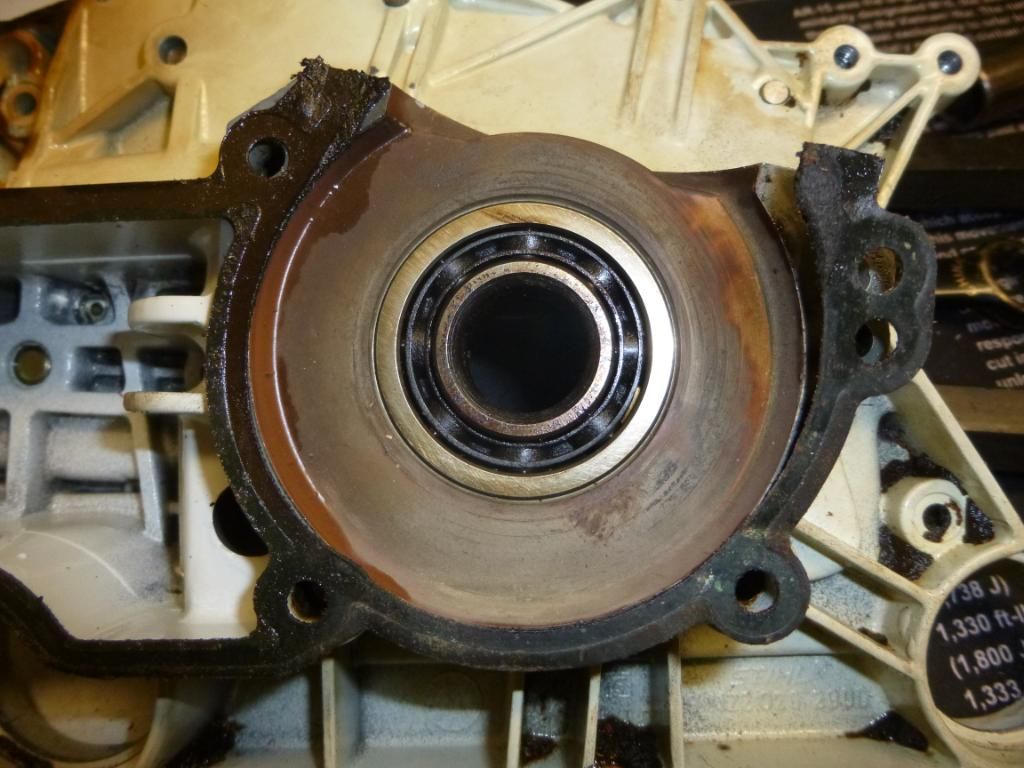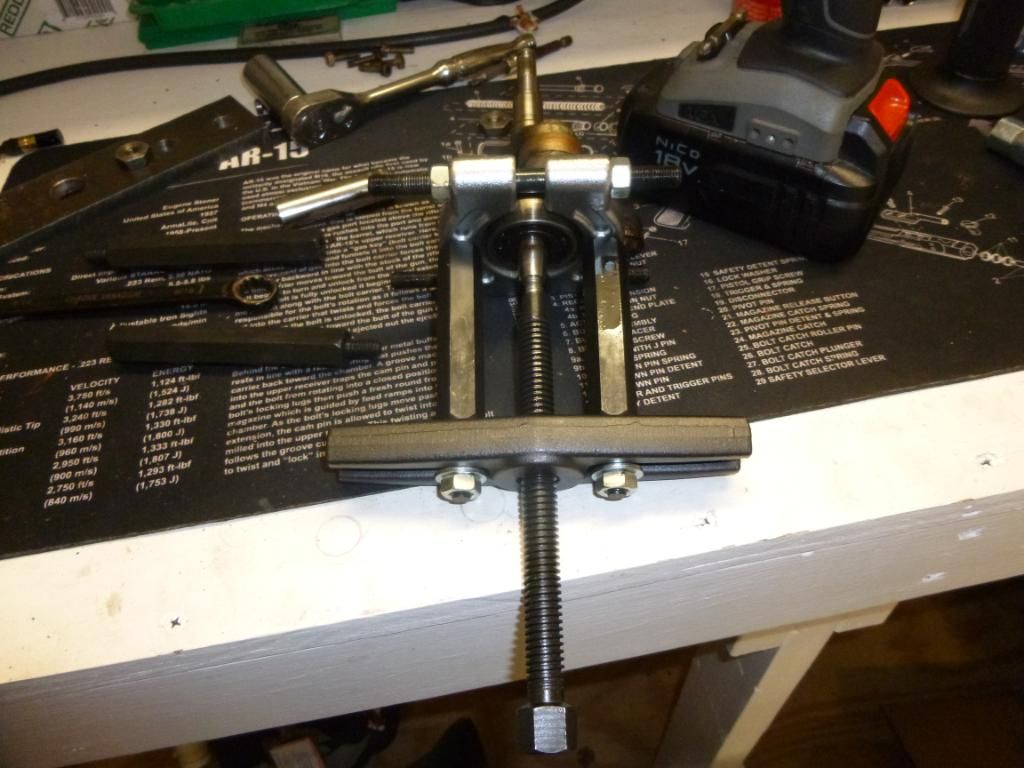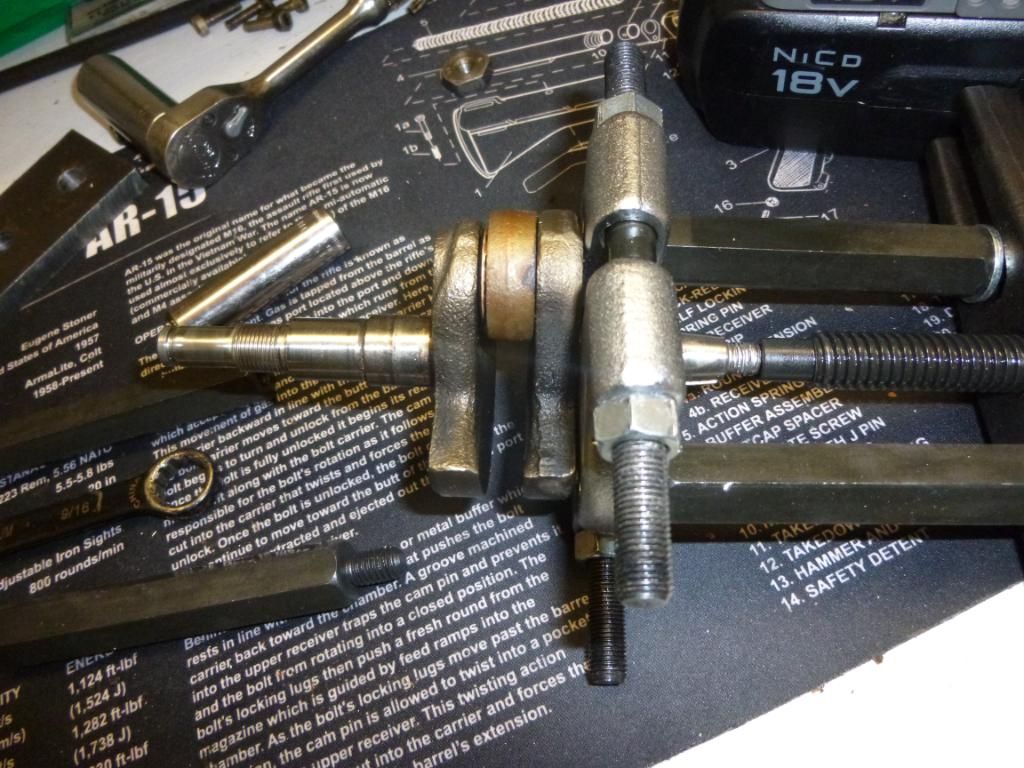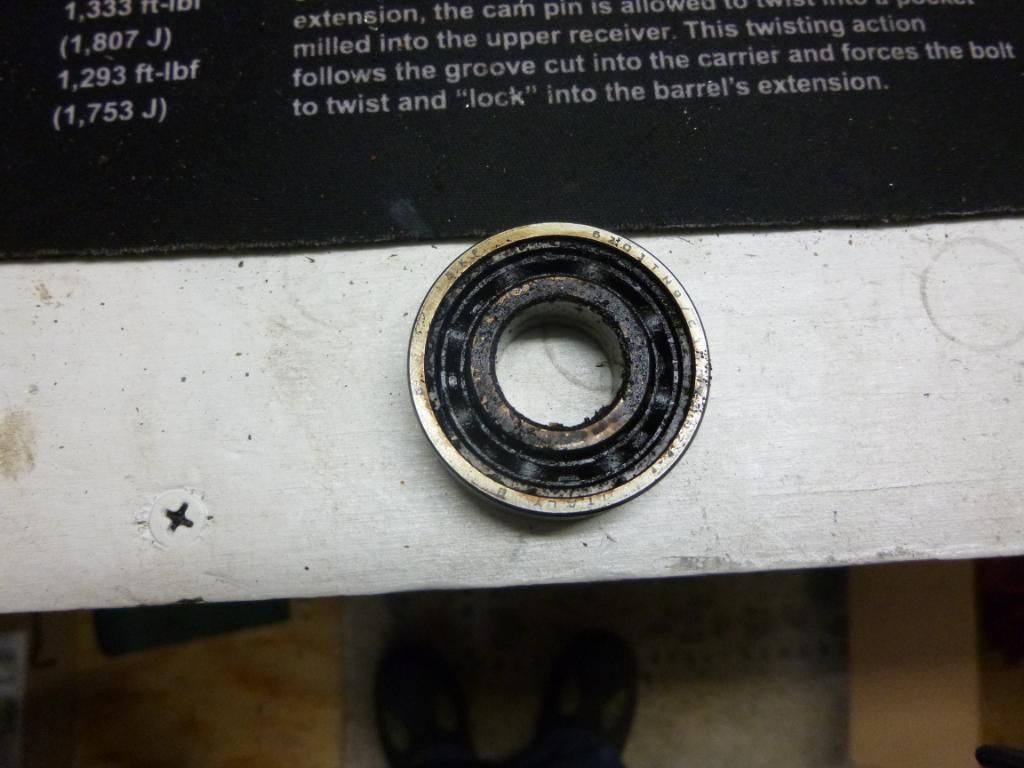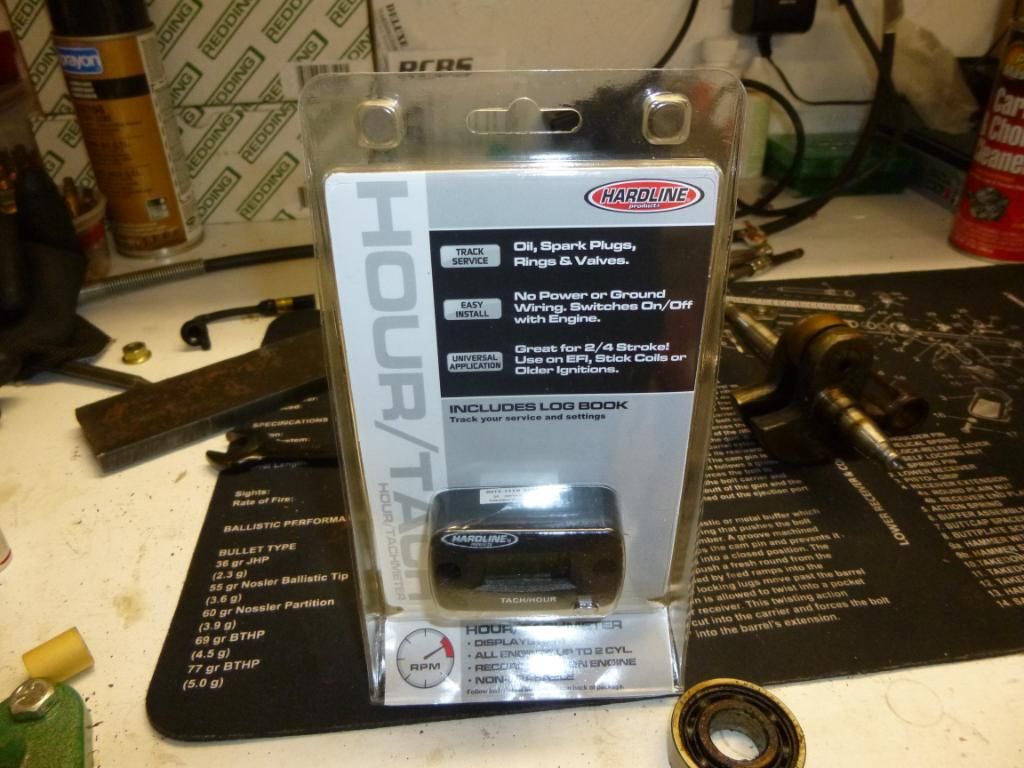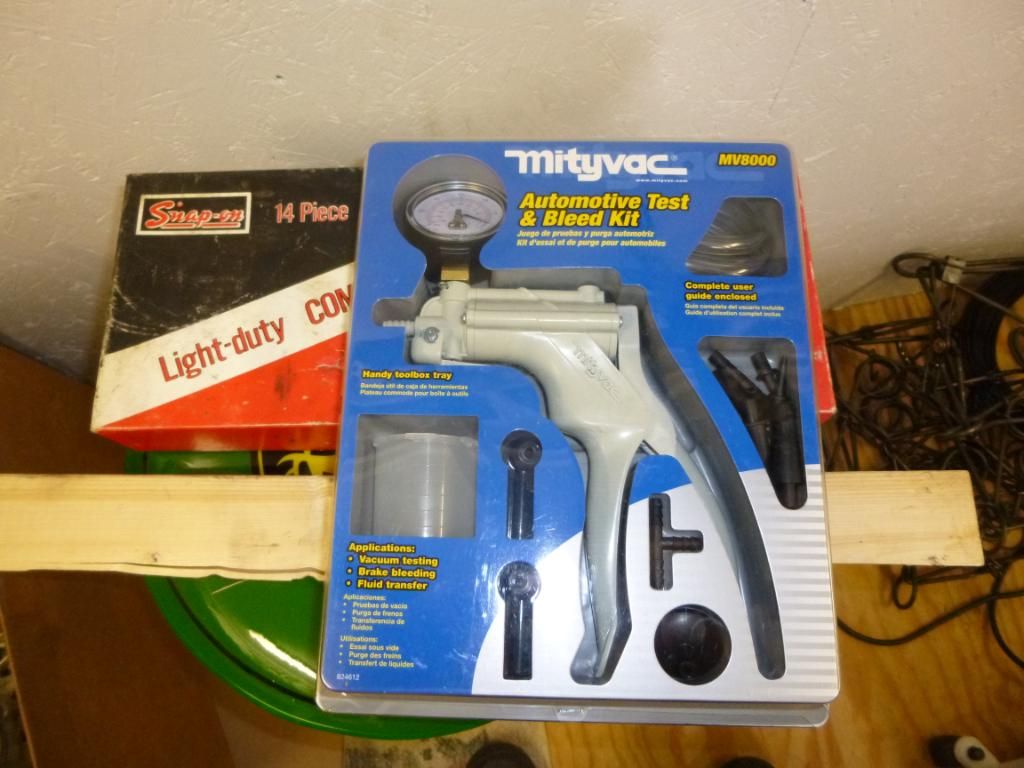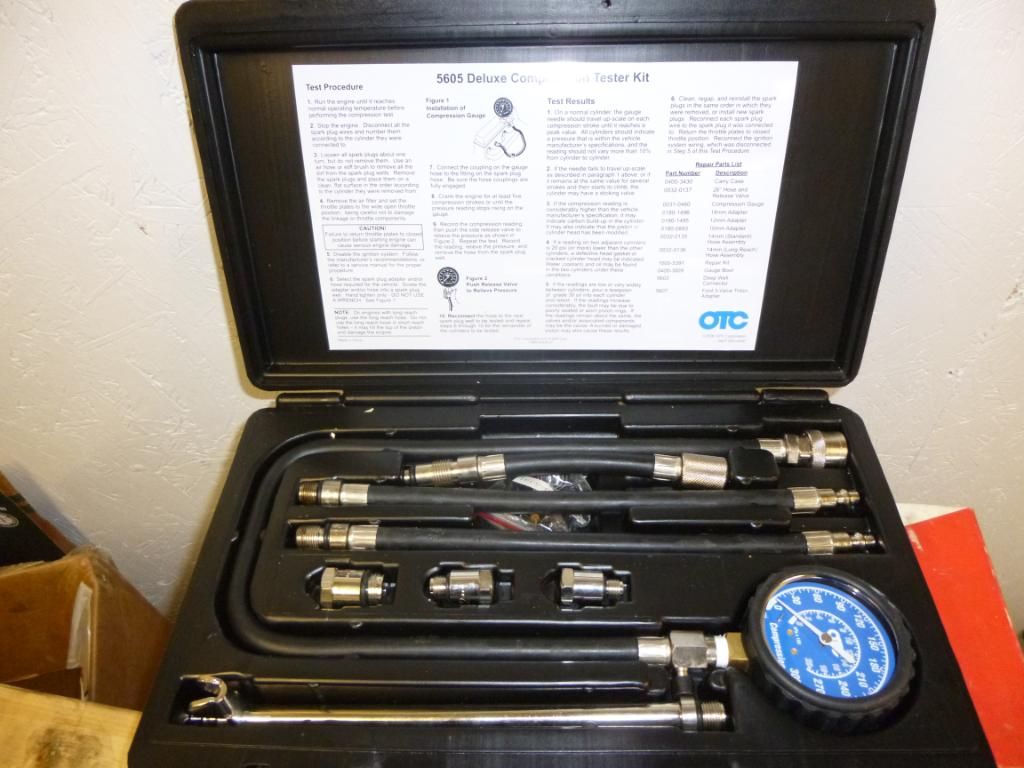e tightness of fit is controlled by amount of interference; the "
allowance". Formulas exist to compute this allowance (planned difference from nominal size) that will result in various strengths of fit such as loose fit, light interference fit, and interference fit. The value of the allowance depends on which material is being used, how big the parts are, and what degree of tightness is desired. Such values have already been worked out in the past for many standard applications, and they are available to engineers in the form of
tables, obviating the need for re-derivation. Therefore, if a loose fit is desired for a 10 mm (0.394 in) shaft made of 303
stainless steel, the engineer can look up the needed allowance in a reference book or computer program, rather than using a formula to calculate it. For non-commercial parts, there are
rules of thumb for steel and aluminum. For tight fits the
bore diametrical tolerances for a press fit with a rod constraint are given by subtracting 0.0001–0.0003 inches (1–3
tenths; slang for ten-thousandths – (0.003–0.010 mm)). The
rod tolerance, with a bore size constraint, can be found by adding 1–3 tenths to the given bore diameter. For slip fits the bore diameter must be 0.0005–0.0008 inches (0.012–0.020 mm) wider than the rod. Transversely, the rod must be 0.0005–0.0008 inches (0.012–0.020 mm) under the given bore diameter. These broad guidelines save the trouble of having to calculate or look up tolerances for a single instance piece.
Assembling
There are two basic methods for assembling an oversize shaft into an undersized hole, sometimes used in combination:
- force,
- thermal expansion or contraction.
Force
There are at least three different terms used to describe an interference fit created via force:
press fit,
friction fit, and hydraulic dilation.
[2][3]
Press fit is achieved with presses that can press the parts together with very large amounts of force. The presses are generally
hydraulic, although small hand-operated presses (such as
arbor presses) may operate by means of the mechanical advantage supplied by a
jackscrew or by a gear reduction driving a
rack and pinion. The amount of force applied in hydraulic presses may be anything from a few pounds for the tiniest parts to hundreds of tons for the largest parts.
Often the edges of shafts and holes are
chamfered (beveled). The chamfer forms a guide for the pressing movement, helping to distribute the force evenly around the circumference of the hole, to allow the compression to occur gradually instead of all at once, thus helping the pressing operation to be smoother, to be more easily controlled, and to require less power (less force at any one instant of time), and to assist in aligning the shaft parallel with the hole it is being pressed into.
Thermal expansion or contraction
Most materials expand when
heated and shrink when cooled. Enveloping parts are heated (e.g., with torches or gas ovens) and assembled into position while hot, then allowed to cool and contract back to their former size, except for the compression that results from each interfering with the other. This is also referred to as
shrink-fitting. Railroad axles, wheels, and tires are typically assembled in this way. Alternatively, the enveloped part may be cooled before assembly such that it slides easily into its mating part. Upon warming, it expands and interferes. Cooling is often preferable as it is less likely than heating to change material properties, e.g., assembling a hardened gear onto a shaft, where the risk exists of heating the gear too much and drawing its
temper.
See also
References
- "Coupling Design and Selection". Retrieved 2010-01-30.
External links
Categories:
Navigation menu
